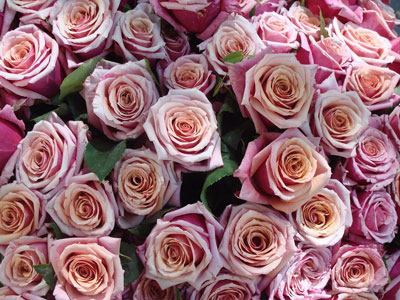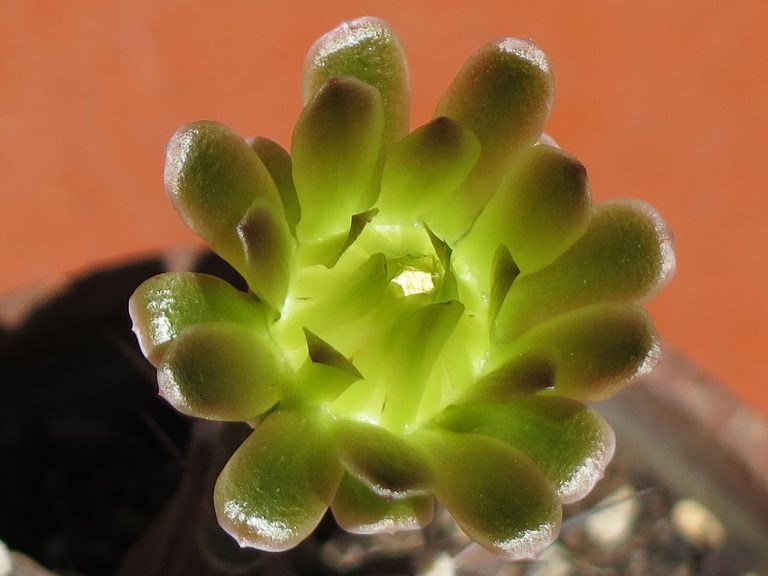Roses – Symbolizing Beauty, Politics, Love and War
Scientific Classification
| Kingdom: | Plantae |
| (unranked): | Angiosperms |
| (unranked): | Eudicots |
| (unranked): | Rosids |
| Order: | Rosales |
| Family: | Rosaceae |
| Subfamily: | Rosoideae |
| Genus: | Rosa |
The rose comes from the genus Rosa; it is a wooded perpetual flower of the Rosaceae family. We find more than 100 of these varieties. These are upright shrubs that form a fine collection of plants. They track or clamber with their stems that have sharp thorns. Rose is a French name borrowed from Latin’s Rosa, which again may have its origin in Greek. The oldest fossil evidence of the rose indicates its existence over 35 million years ago. The earliest garden cultivation of roses probably goes back 5000 years to China. Roses, in the old times symbolized beauty, politics, love and war.
Anatomy
Rose measures, diametrically half an inch seven inches. They use the rose scent for making perfume. Through a powerful microscope the tiny perfume gland of the rose is visible, from which the scent of the rose emanates.
How to Cultivate Domestically

Photo by: Jebulon
Preparation for Planting
Roses favor a pH range of about 5.5 to 7.0. 6.5 pH values are correct for almost all garden soils at home. (Slightly acidic to neutral). Prior to planting, find out if the rose you choose grows in your climate. If you have any doubt, choose any American Rose that works well. Or go to your local nursery and check with them. Besides, select a place that has 4 to 6 hours of sunshine in a day and well-drained soil.
Planting
- In a meter square, mix a minimum of 1 bucket of decomposed organic matter, preferably farmyard manure, which is suitable for rose plantation.
- For one rose plant, make a hole of almost twice the plant’s root width and to a depth of the spade’s blade.
- Add 100gms of ordinary fertilizer (3oz per sq. Yard) on top of the surface and push it in with a fork.
- Gently pull out the roots of the container plants. If you do not take care in this process, the roots may display a slow growth outwards, and the young plant becomes more prone to drought in summer.
- Centralize with a small cane and plant the rose in the hole. Measure from the top of the hole; make certain that the “graft union” (Where the cultivar unites with the rootstock and the tip from where branching takes place) is level with the soil and make sure that it is never below Fill the remaining part of the hole with the unearthed soil.
- For spacing refer label details or a catalog.
Placement and Watering
By planting your rose in the most appropriate site, you enable the plant to grow well with less maintenance. Once set, provide the roses with good fertilizer and proper watering; this allows less chance to attack by pests. Water meticulously. Roses need a continuous supply of water during their flowering period, almost weekly 1 inch rain or watering.
Flowering Period
Roses are the most in-demand garden plants since it flowers regularly from the middle of spring to fall. The experts opine that a majority of the recent hybrid teas, grandiflora, floribunda, miniatures and the recent shrubs are ever-blossoming, free-flowering or repeat blooming, but most of the old garden roses flower either once in the spring and once in the fall or once yearly.
After Bloom Care

Photo by: Andrew Butko
After August 15 do not feed the ever-blooming roses and after the first of October do not deadhead them. Give time for the hip of the rose to build up, thereby encouraging the bush to go dormant. Discard the garbage round the shrubs; this will bring disease and garden pests for the plants. Do not cover the rose bushes until you have freezing temperature.
As Cut Flowers
They grow roses for both commercial needs as cut flowers and for domestic purposes. Usually they cultivate and cut at budding stage and refrigerate until it is time to display or time of sale.

Having discovered a fondness for insects while pursuing her degree in Biology, Randi Jones was quite bugged to know that people usually dismissed these little creatures as “creepy-crawlies”.







